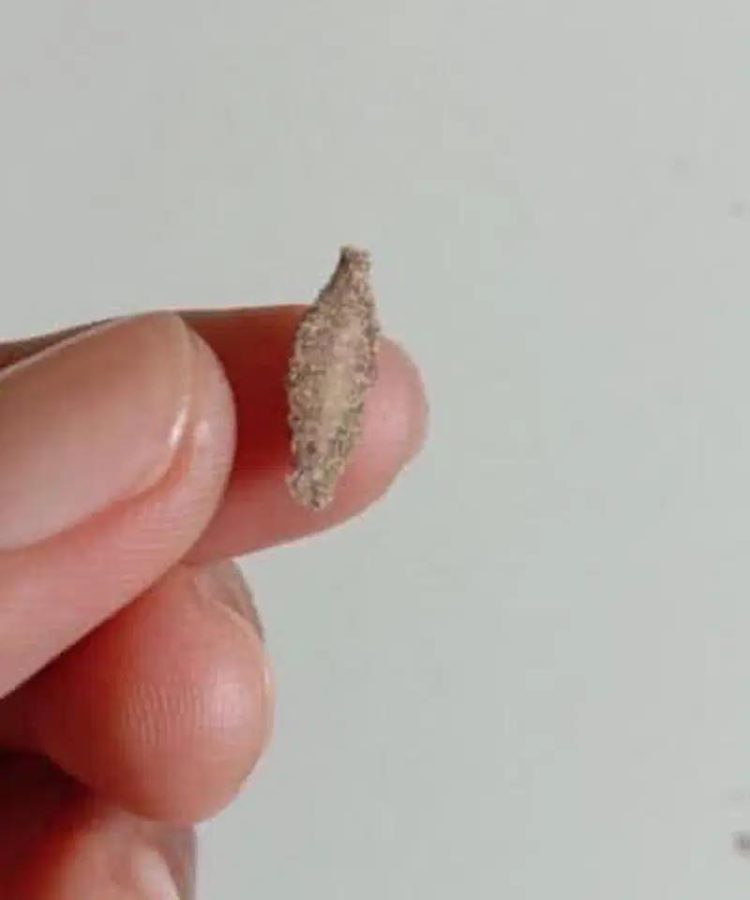The larvae in it live in shells that form a flattened sheath, while the outside cocoon serves as the process of metamorphosis into its final stages.

Additionally, the cocoon is composed of silk fibers mixed with sand, and dust, and even of soil.
Usually, the cocoon has an exit from the front or back or in both directions to facilitate the movement of larvae in and out.
Even so, the larvae only come out halfway and will not come out completely only when it wants to find food.

The sources claim this larvae which is a moth with a length of about 13 millimeters will produce 200 eggs in one cycle. The eggs that hatch will become such cocoons and live in a hidden place in the house.
These larvae also like to eat cloth and often attach themselves to spider webs, as they like to eat small spiders.
As these animals love warm temperatures, and attach to walls inside the house, always check for hidden locations indoors regularly, especially parts of the house that are the warmest!
